The Animals
Military Macaw
General Info
Common Name: Military Macaw
Scientific Name: Ara militaris
Physical Appearance: Plumage is mostly green with a red forehead patch, blue flight feathers, and blue and red tail feathers. Skin is a light toned pink with black and red feathers on check-patch and a greyish black beak. Males and females are sexually monomorphic.
Length/Weight: 67-75 cm. long (including tail) with a 99-109 cm. wingspan, 862-1,100 gms.
Lifespan: Can live up to 40-50 years in the wild. 50-60 years in captivity.
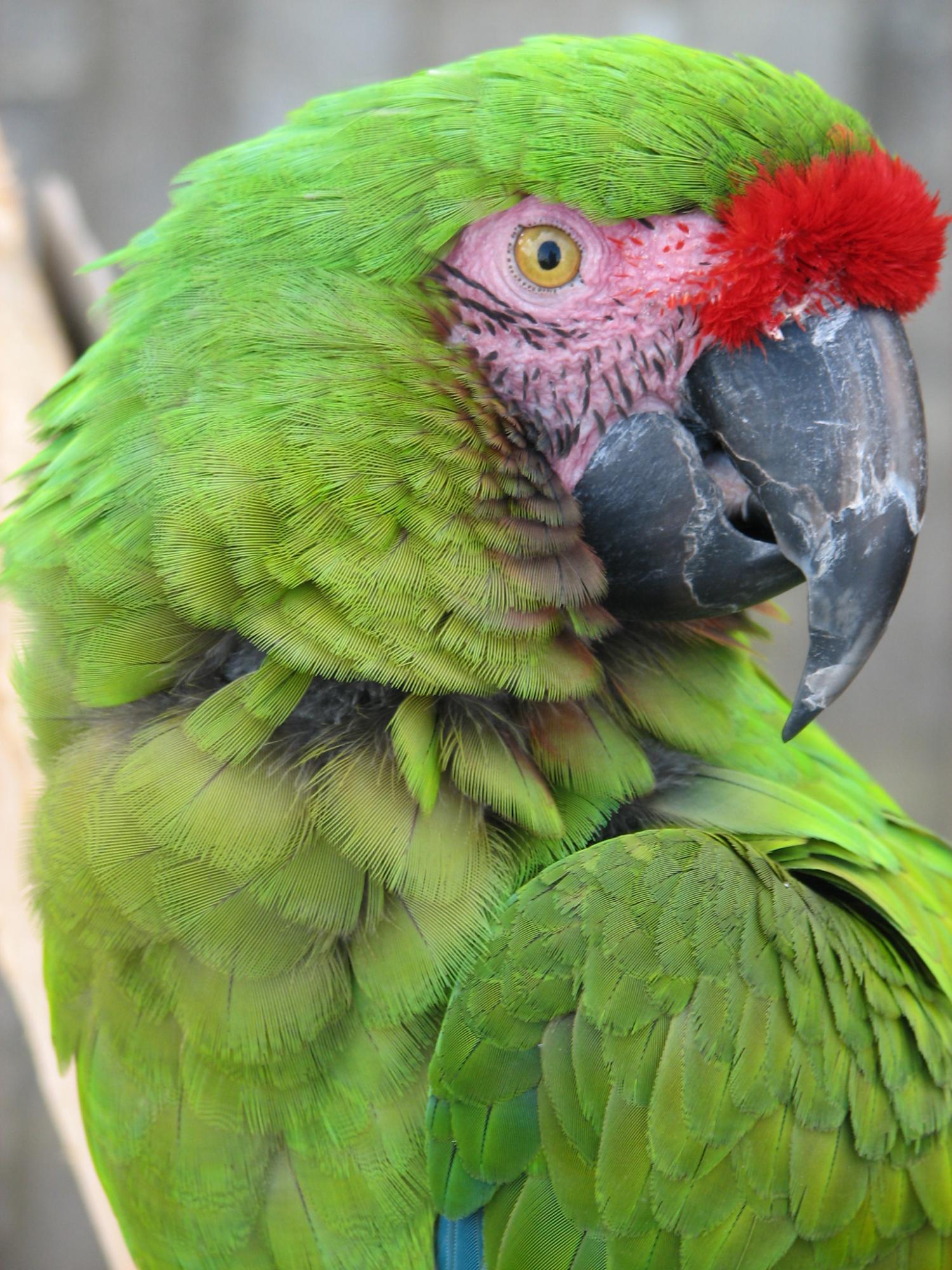
Environment
Range: Mexican sub-species (A. m. mexicana) inhabit the pacific slopes of Mexico as well as a population on the Sierra Madre Oriental east of San Luis Potosi. The northern region of South America sub-species (A. m. militaris) ranges from the costal range of north Venezuela, south through the Andes of Columbia, Ecuador, Peru, and west Bolivia. Central sub-species (A. m. bolivianus) begin in the Andes of central Bolivia through to northern Argentina.
Habitat: Foothills in mountainous areas, valleys, secluded uplands in dry woodland areas and in lowland humid, riparian, and rainforests.
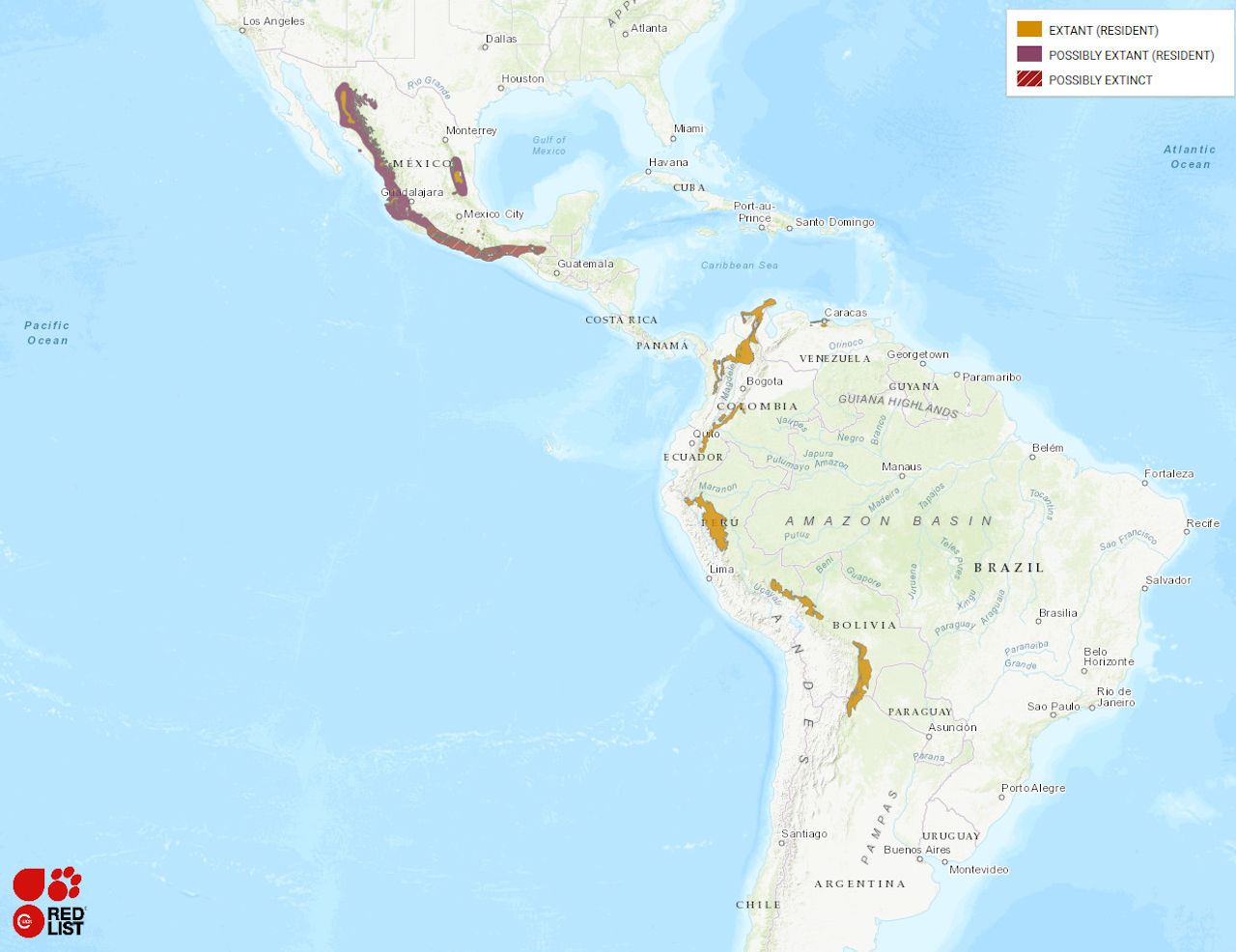
Diet
Fruits from various palms, nuts, figs, seeds, leaves, and occasionally latex from the stems of the Plumeria rubra plant.
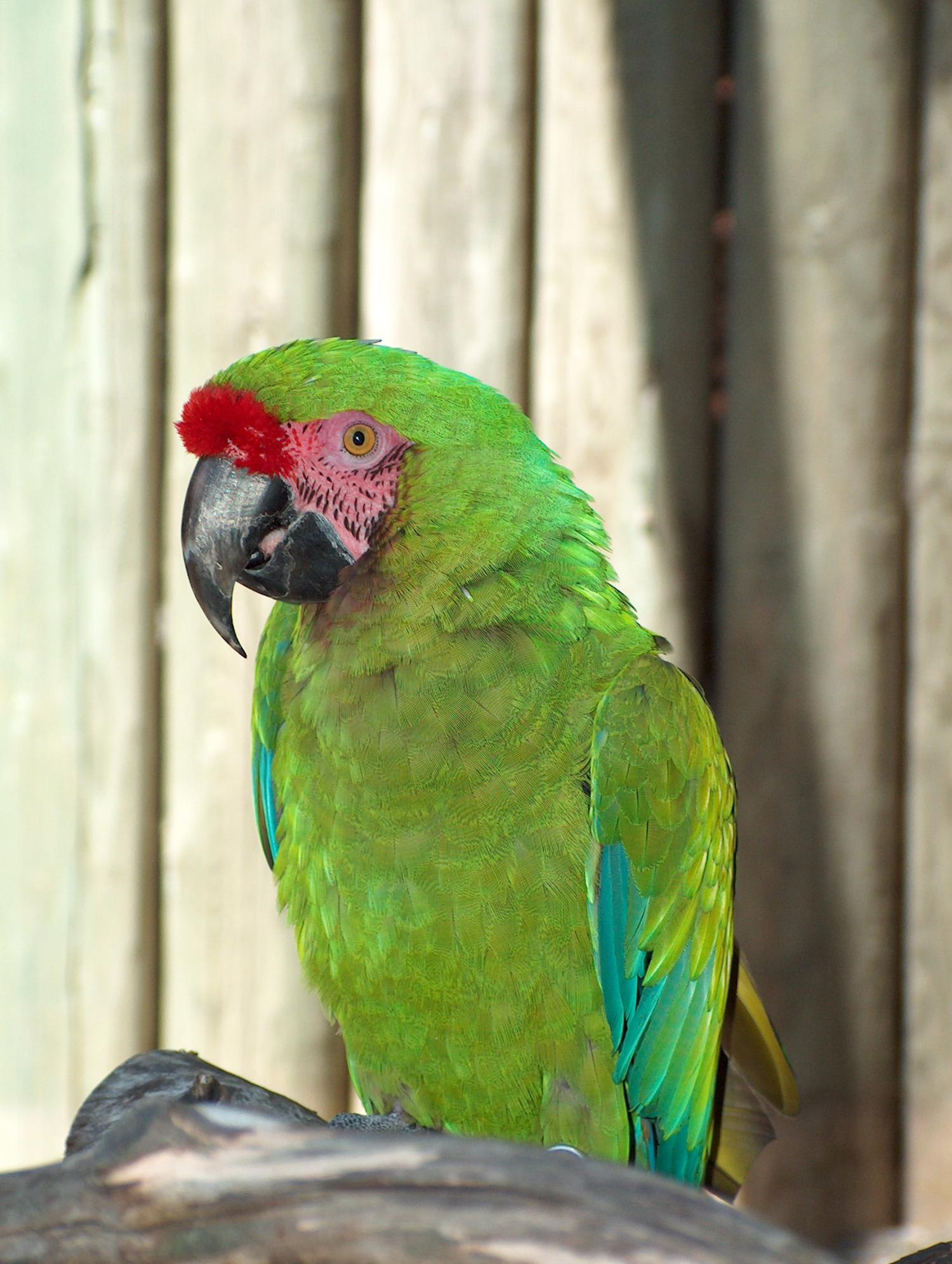
Reproduction
Builds nests in natural or previously excavated cavities of trees as well as cliffs. Breeding season in March-July in Mexico. Clutch size 2-4 eggs. Incubation approximately 26 days with chicks fledging after 91 days.
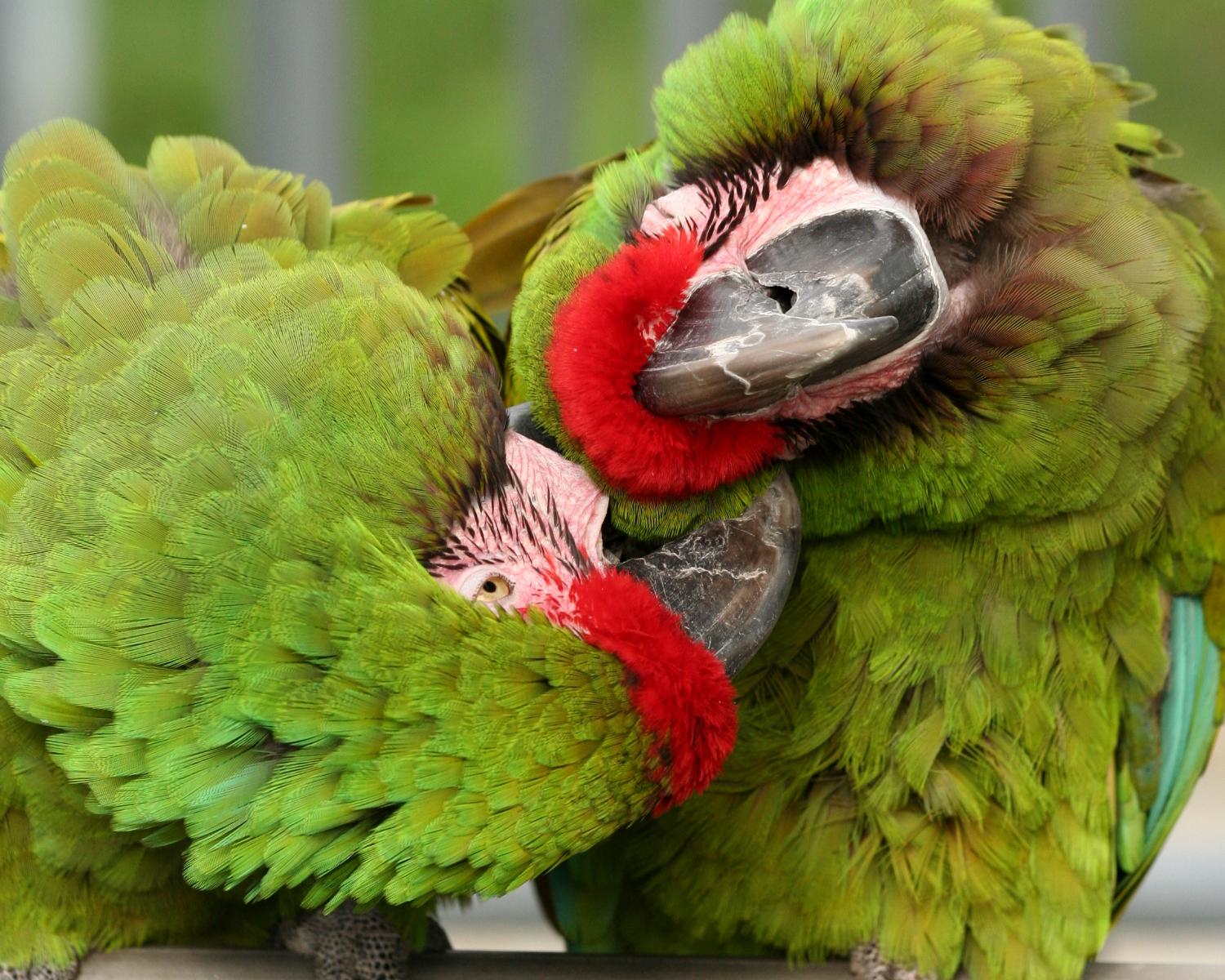
Conservation
Status:
Listed on IUCN: VULNERABLE
Population Trend: DECREASING
Efforts:
Main threats due to habitat loss (32% in Mexico alone) and unsustainable trapping for illegal pet-trade. Currently in-place protection in Venezuela, Peru, and Argentina. Protected by CITES Appendix I and II. Listed as “Endangered” under the ESA which prohibits sale across state lanes. Trade ban in effect in Mexico. Ongoing education program underway in the state of Tamaulipas, Mexico. Future projects are being developed to monitor current populations, develop a captive breeding program and involve local communities in conservation efforts and monitoring.
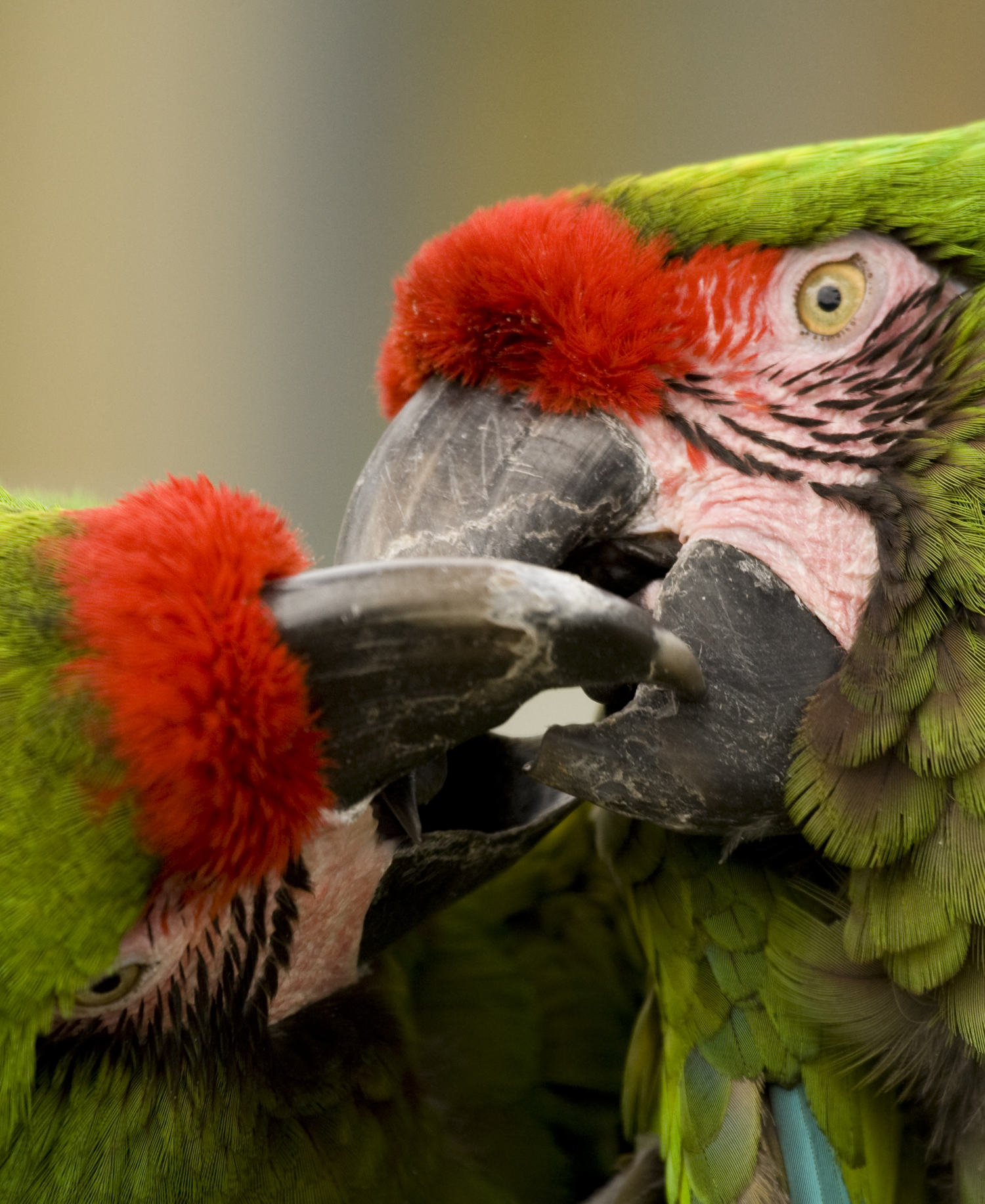
Important Facts
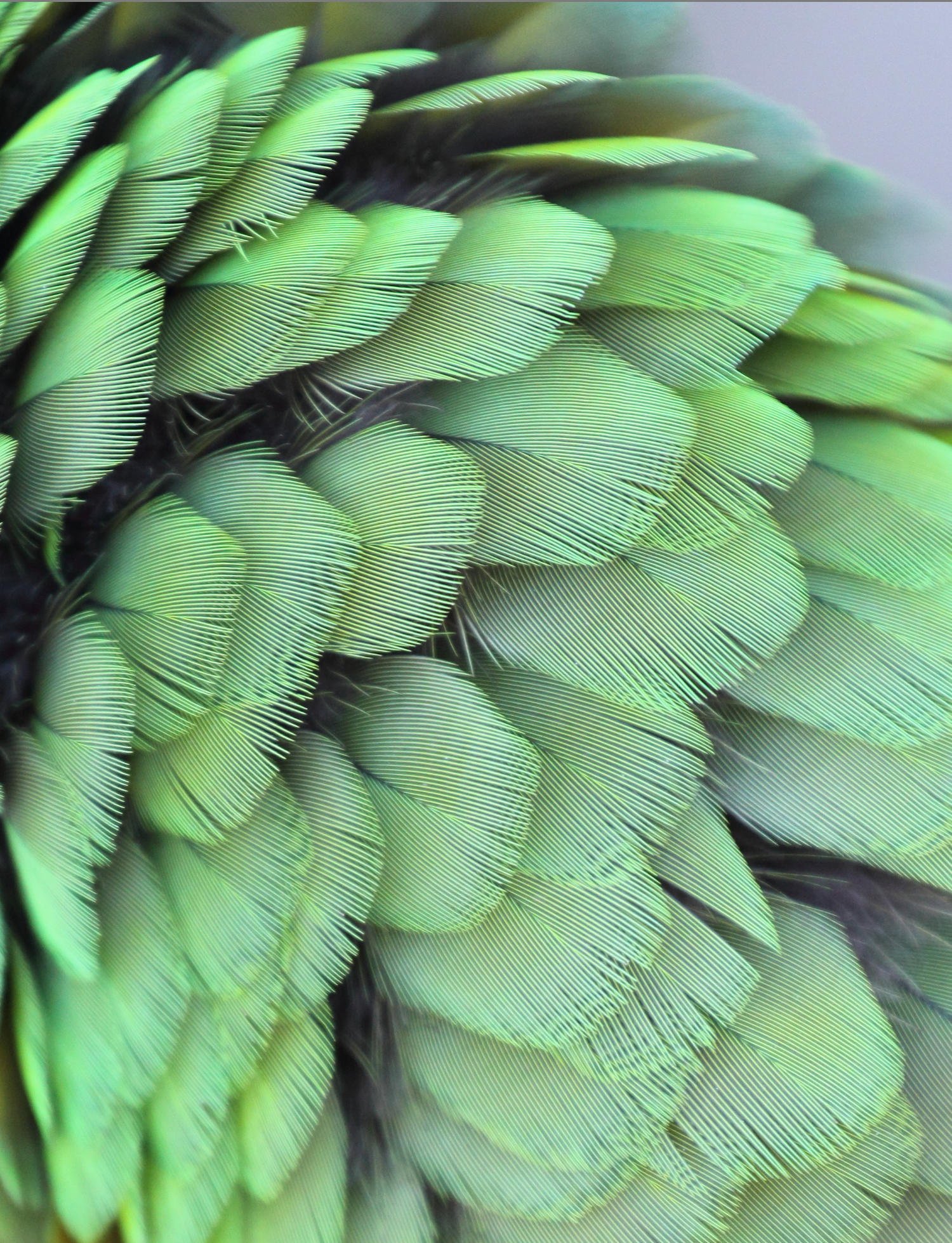
Common name derived from the military parade uniform coloration.
Roosts communally on cliff faces or large trees.
Military Macaws are so similar to the Great Green Macaw in coloration that it is almost indistinguishable. Size and vocalization are the best way to physically distinguish the two. Phylogenetic studies have shown that the two species are sister clades.
Sources:
IUCN: REDLIST
World Parrot Trust
BirdLife International
A Guide to Parrots of the World



